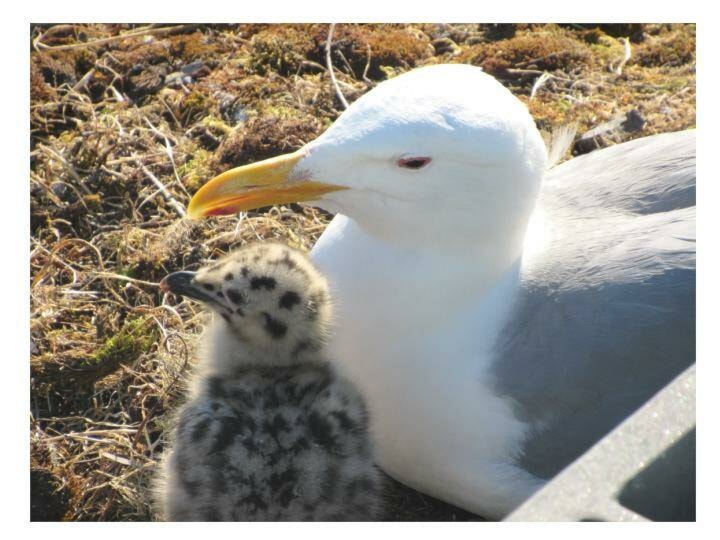The Canadian Wildlife Service has discovered two suspected cases of avian flu near Sanikiluaq and near Cambridge Bay during surveillance testing. Multiple dead birds in one location is believed to be a sign the virus is present.
Risk to the general public from avian influenza is considered low. There’s no evidence to suggest the avian flu can be transmitted to humans through the consumption of bird meat or eggs. It can be transmitted through prolonged contact with a live infected bird, dead raw poultry and contaminated environments according to Nunavut’s Department of Health.
While risk of avian flu is low, individuals should always practice basic hygienic protection while harvesting wild birds or eggs. These include wearing gloves, washing hands regularly with soap and warm water, as well as cleaning used equipment and clothing as soon as possible.
Signs of avian flu in birds include:
- Nervousness
- Trembling or a lack of coordination
- Swelling around the head, neck and eyes
- Diarrhea
- Sudden death
If you see any unusual death in birds, contact your local conservation office. If you feel unwell after handling a bird, contact your local health centre.
